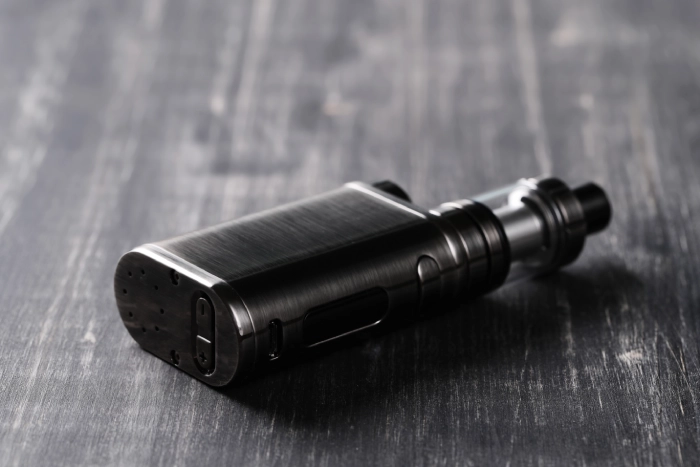Onapgo Becomes the First Wearable Apomorphine Infusion Device
The U.S. Food and Drug Administration (FDA) has officially approved Onapgo, an apomorphine hydrochloride injection, marking it as the first and only subcutaneous apomorphine infusion device for managing motor fluctuations in advanced Parkinson’s disease. Developed by Supernus Pharmaceuticals, Onapgo is a wearable device that delivers continuous apomorphine infusion during waking hours, offering more consistent control over the erratic motor symptoms typical in Parkinson’s patients.
Key Features and Launch Timeline
Onapgo distinguishes itself by being the only subcutaneous wearable of its kind, providing uninterrupted therapy throughout the day. This continuous delivery aims to offer Parkinson’s patients a more predictable experience, minimizing unexpected OFF periods—times when standard medication stops working effectively. Supernus Pharmaceuticals plans to release Onapgo in the second quarter of 2025, backed by a dedicated team of healthcare professionals and an extensive nurse education program to support its rollout.
Clinical Trial Results: Efficacy and Safety
The FDA’s approval was grounded in a phase 3, 12-week, multicenter, parallel-group, double-blind, randomized, placebo-controlled study. The trial involved 107 patients, comparing Onapgo against a placebo to evaluate its effectiveness in reducing motor fluctuations.
At the 12-week mark, patients using Onapgo experienced a significant reduction in daily OFF time (2.6 hours) compared to the placebo group (0.9 hours). Additionally, these patients reported an increase in daily GOOD ON time—periods when their motor function was stable and effective (2.8 hours versus 1.1 hours for the placebo group). Notably, improvements in both OFF and GOOD ON times were observed as early as the first week of treatment and were maintained throughout the study.
Common adverse events, reported in at least 10% of participants, included:
- Infusion-site nodules
- Nausea
- Excessive sleepiness
- Infusion-site skin irritation
- Headaches
- Insomnia
Expert Insights on Onapgo’s Impact
Andrea Merriam, CEO of the Parkinson & Movement Disorder Alliance in Phoenix, highlighted the significance of this development. “As the motor symptoms of Parkinson’s disease worsen over time, patients report alternating states between ON when their medication is working, and OFF when it’s not working optimally,” she explained. “These on-again, off-again changes are disruptive and can happen at any time, which is why consistent daily control of OFF time is key to improving how patients feel and move. For many, continuous treatment options like Onapgo can help to make days with Parkinson’s more predictable.”
Commentary by SuppBase columnist Alice Winters:

Onapgo’s approval represents a notable stride in the therapeutic management of advanced Parkinson’s disease, especially in addressing the debilitating motor fluctuations that define the disease’s progression. The appeal of a continuous subcutaneous infusion device is clear: reducing OFF periods can dramatically improve the quality of life for patients grappling with unpredictable symptom control.
However, several points merit a closer examination. First, while the reduction of OFF time by 2.6 hours is statistically significant, it’s essential to contextualize this within the broader spectrum of existing treatments. How does this compare to other continuous therapies, like deep brain stimulation (DBS) or levodopa-carbidopa intestinal gel? Moreover, the reliance on a wearable device raises questions about user convenience and adherence—how comfortable and discreet is Onapgo in daily life?
The adverse event profile, particularly the high incidence of infusion-site reactions and nausea, could limit its appeal, especially for patients sensitive to skin irritation or those already managing multiple side effects from polypharmacy. Additionally, excessive sleepiness is a concerning side effect in a population already prone to sleep disturbances.
From a market perspective, the success of Onapgo will likely hinge on several factors: its cost relative to existing therapies, insurance coverage, and how well the nurse education program mitigates patient apprehensions about using infusion devices. While Supernus Pharmaceuticals has positioned Onapgo as a game-changer, it remains to be seen how it will perform in real-world settings where convenience and side-effect management often dictate long-term patient adherence.
In conclusion, Onapgo brings a promising new tool to the Parkinson’s treatment arsenal, but its true impact will depend on patient reception, long-term efficacy, and side effect management in everyday use.



